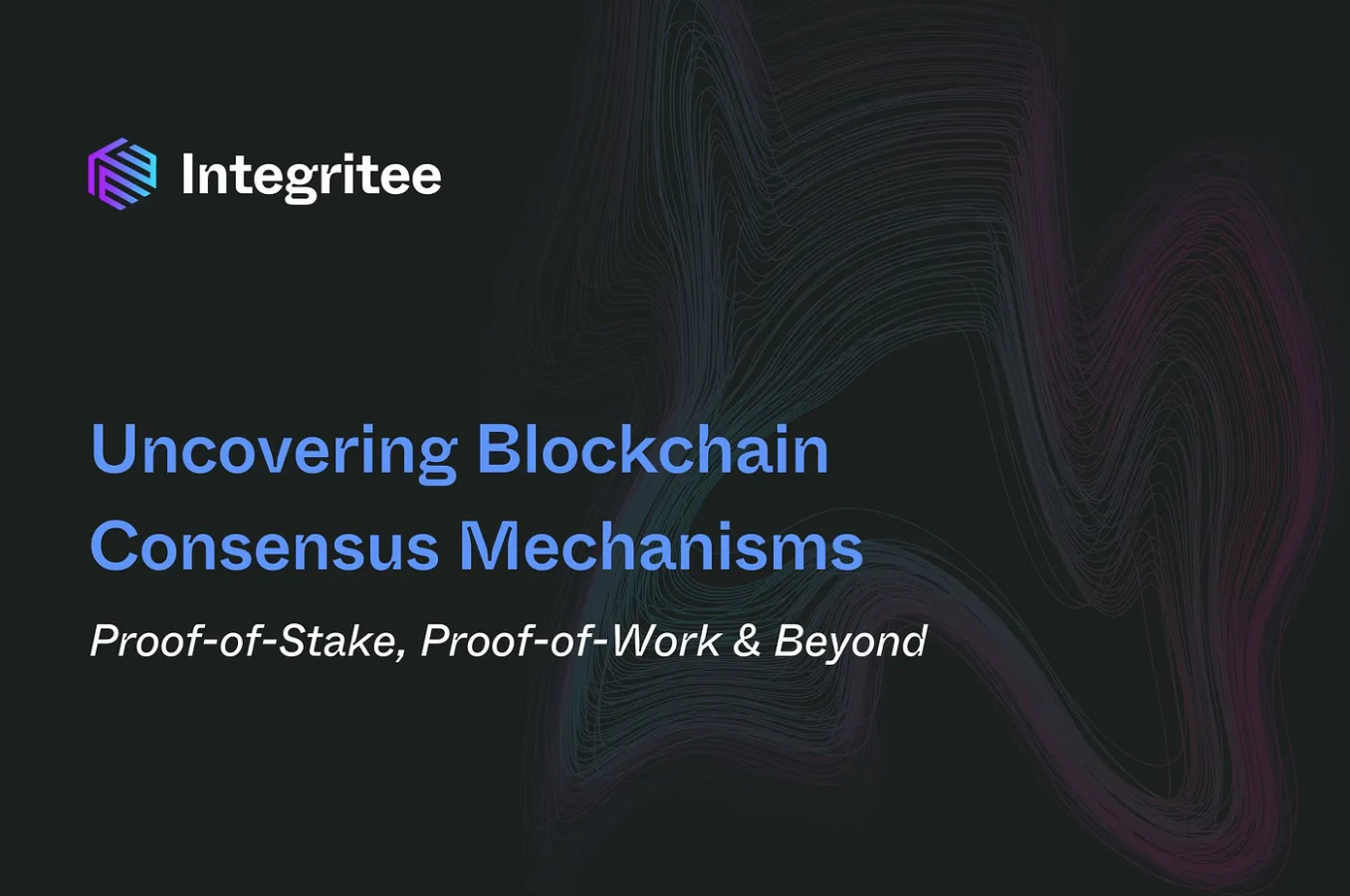Blockchain technology has revolutionized the way we perceive and execute transactions, introducing decentralized and transparent systems that promise to reshape industries.
At the heart of these blockchain networks lie consensus mechanisms, the algorithms that validate and confirm transactions, maintain the integrity of the ledger, and ensure the security of the entire ecosystem. Two prominent consensus mechanisms, Proof-of-Work (PoW) and Proof-of-Stake (PoS), have been the driving forces behind many successful blockchain protocols. However, the ever-evolving landscape of blockchain technologies has also seen the emergence of various other consensus mechanisms. In this article, we delve into the key differences between Proof-of-Stake, Proof-of-Work, and other innovative consensus protocols.
Proof-of-Work: The Pioneer of Consensus Mechanisms
Bitcoin, the first cryptocurrency, brought Proof-of-Work into the limelight. In PoW, participants, known as miners, compete to solve complex mathematical problems, and the first one to solve it gets the right to add a new block to the blockchain. This process requires significant computational power and energy consumption, which has led to environmental concerns. PoW is resilient and secure, as it demands a considerable investment in hardware, making it economically unfeasible for malicious actors to compromise the network.
Proof-of-Stake: A Sustainable Approach to Consensus
As an alternative to PoW, Proof-of-Stake has gained traction for its energy efficiency and reduced environmental impact. In PoS, validators, or “stakers,” are chosen to create new blocks based on the amount of cryptocurrency they hold and are willing to “stake” as collateral. This consensus mechanism eliminates the need for extensive computational work, addressing the environmental concerns associated with PoW. PoS also aligns the interests of participants with the security of the network, as malicious actions would result in the loss of staked assets.
Delegated Proof-of-Stake (DPoS)
DPoS is a variant of PoS where token holders vote for a limited number of delegates who are responsible for validating transactions and producing blocks. DPoS enhances scalability and transaction speed but introduces a more centralized element as only a few delegates have the power to validate transactions.
Proof-of-Authority (PoA)
In PoA, consensus is established through the identity and reputation of validators, who are typically recognized entities rather than anonymous participants. This approach is suitable for private or consortium blockchains where trust among participants is already established.
Proof-of-Burn (PoB)
PoB involves participants “burning” or destroying a certain amount of cryptocurrency to gain the right to validate transactions and create blocks. This mechanism is designed to incentivize long-term commitment to the network, as participants demonstrate their willingness to sacrifice assets.
Proof-of-Space (PoSpace) and Proof-of-Capacity (PoC)
These mechanisms leverage unused storage space on participants’ devices as a basis for block creation. PoSpace and PoC aim to utilize resources other than computational power, reducing the environmental impact associated with PoW.
• • •
About Integritee
Integritee is the most scalable, privacy-enabling network with a Parachain on Kusama and Polkadot. Our SDK solution combines the security and trust of Polkadot, the scalability of second-layer Sidechains, and the confidentiality of Trusted Execution Environments (TEE), special-purpose hardware based on Intel Software Guard Extensions (SGX) technology inside which computations run securely, confidentially, and verifiably.
Community & Social Media:
Join Integritee on Discord | Telegram | Twitter | Medium | Youtube | LinkedIn | Website
Products:
L2 Sidechains | Trusted Off-chain Workers | Teeracle | Attesteer | Securitee | Incognitee
Integritee Network:
Governance | Explorer | Mainnet | Github
